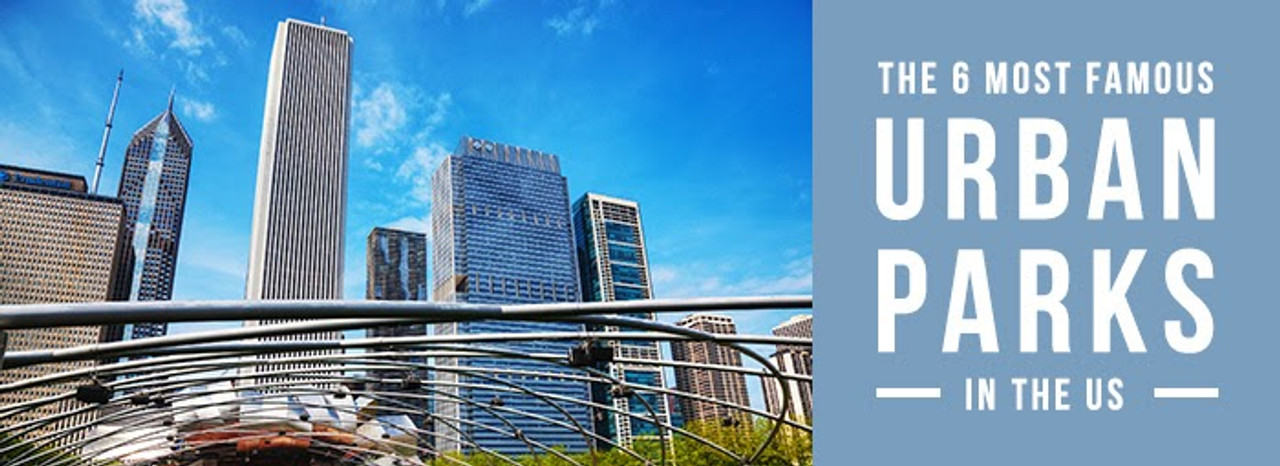The United States is a remarkable country, full of natural wonders, man-made monuments, and splendid architecture. While there are many outdoor attractions and parks in the great outdoors, the urban park is often neglected and forgotten about. Urban parks are underrated, often being passed over by tourists in lieu of more glamorous attractions like the Grand Canyon or the Redwood Forest. As glamorous as they may be, they too require trash cans like any other public park, and Trash Cans Unlimited as the receptacles to help keep them clean.
Urban parks also require garbage cans, and they bring their own special brand of wonder and excitement, and many offer nature, recreation, and some unique local personality to urban life. Some of these parks are famed for their beauty and uniqueness, and are as famous as the city they reside in. With over 20,000 urban parks in the US, there are quite a few to choose from. Pull up a park bench, and we’ll talk about the standout ones.
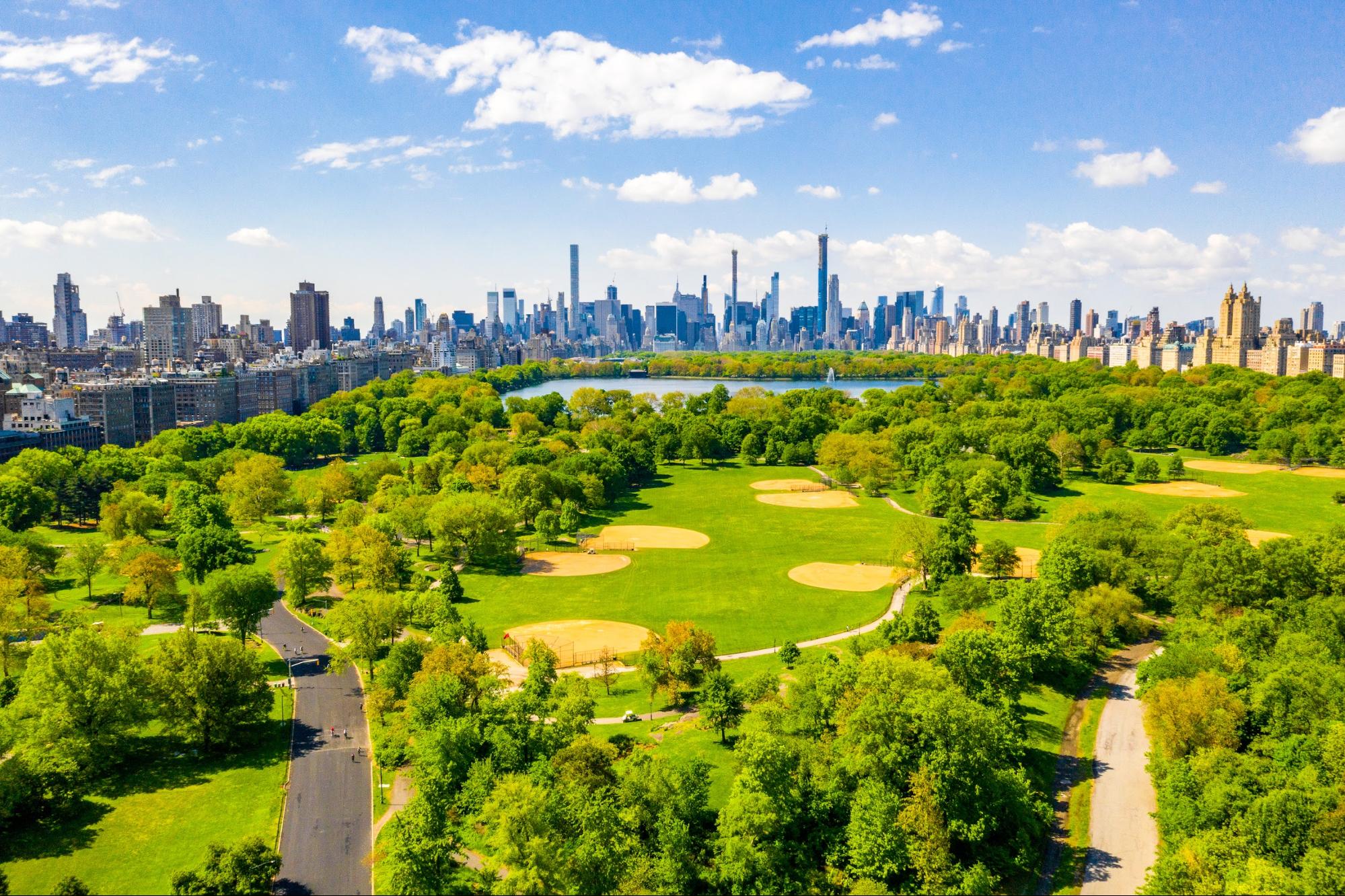
1. Central Park
What is Central Park?
How could we not begin this list with Central Park? This urban park located in Manhattan in New York City is the most visited urban park in the US, with 37.5–38 million visitors annually.The park has several famous landscapes, including the Ramble and Lake, Hallett Nature Sanctuary, Jacqueline Kennedy Onassis Reservoir, Sheep Meadow, The Central Park Zoo, Wollman Rink, and the Central Park Carousel. There are also many shows available to watch at the Delacorte Theater in the summertime. If theatre and gardens aren’t for you, there’s a huge variety of recreational courts available too. The park was designated as a National Historic Landmark in 1963 and is a New York City scenic landmark as well.
History
Starting in around 1822, New York City started experiencing exponential growth. People were flocking to rapidly diminishing public spaces, as well as— oddly enough— cemeteries for recreation. The city ran a design competition, which landscape architect, Frederick Law Olmsted, and landscape designer, Calvert Vaux, won with their “Greensward Plan." The park was approved in 1853 and completed in 1876. The park saw decline in the mid-to-late 20th century, and in the 1980s, the Central Park Conservancy was founded to maintain and improve the park, which it continues to do today with a $200 million endowment.
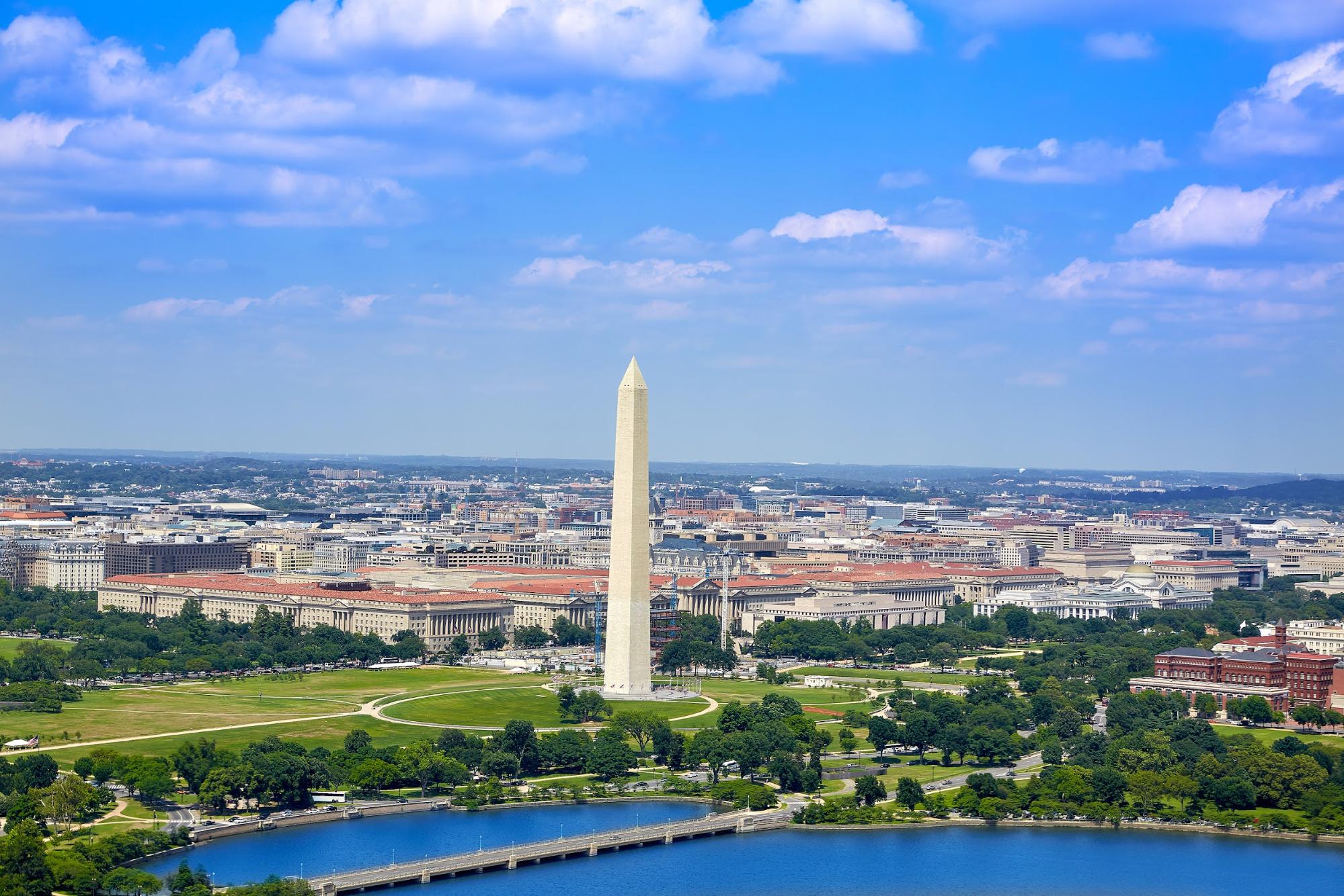
2. National Mall
What is the National Mall?
The National Mall is a landscaped urban park that’s a unit of the US National Park System. It’s located near downtown Washington, DC, the nation’s capital. The mall is a mixed bag when it comes to natural space, as it contains and borders much of the Smithsonian Institution, art galleries, sculptures, and statues. It’s one of the premier tourist attractions in the US, as it lies between the Capitol grounds and monuments like the Lincoln Memorial, it attracts about 24 million visitors every year
History
In 1791, George Washington picked French engineer Pierre L’Enfant to design the city and the new nation’s capital. L’Enfant planned a “grand avenue” that was lined with trees and gardens that stretched all along downtown DC. L’Enfant was eventually fired by Washington over some problems he created making roads, but in 1902, the idea was brought back by the McMillan Commission, who had an urban renewal plan for revitalizing the city. That plan eventually resulted in much of the National Mall that we know today.
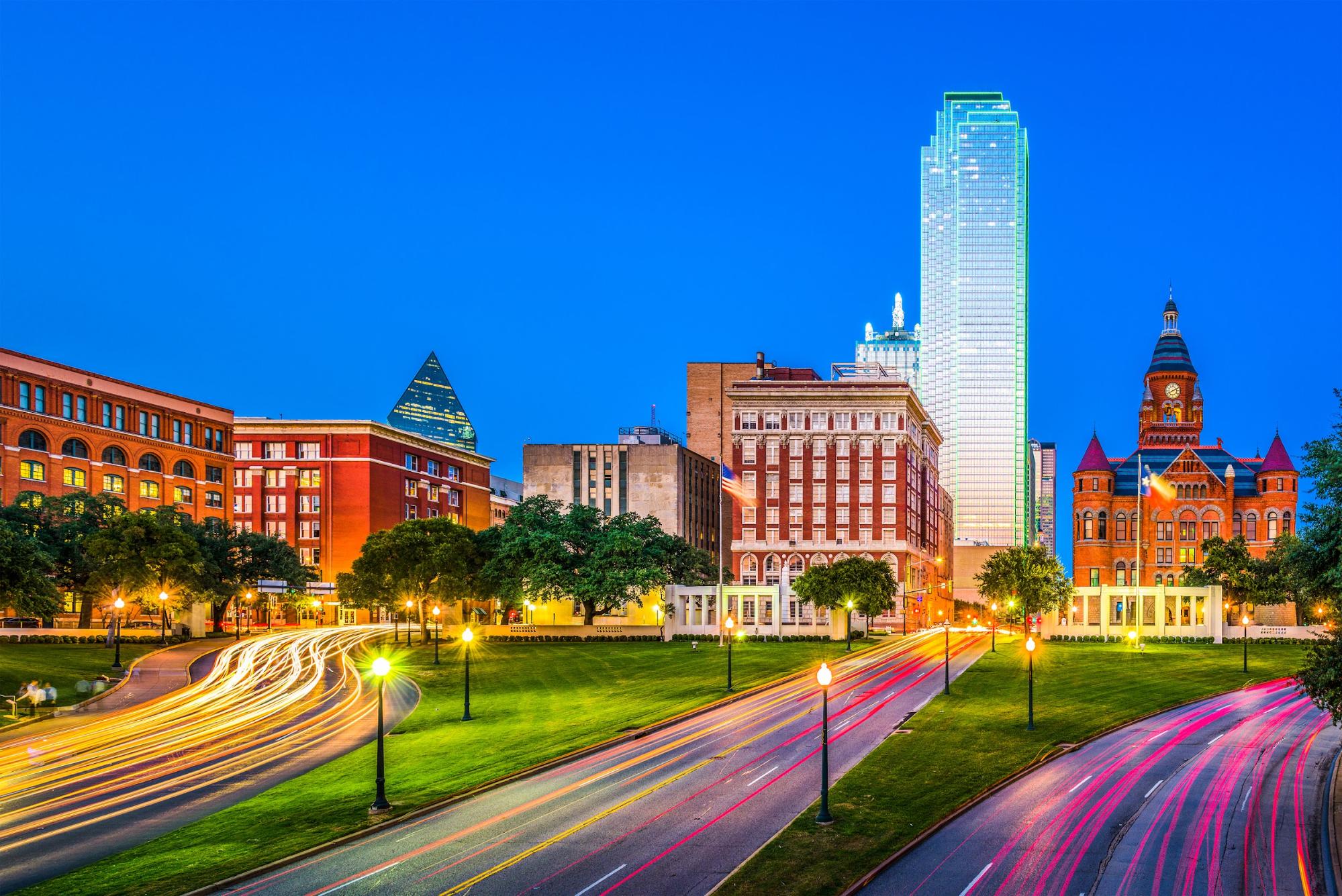
3. Dealey Plaza
What is Dealey Plaza?
Dealey Plaza is a plaza located in Dallas, Texas, in the West End district of the downtown area. It’s a fairly commonplace park, but for the assassination of US President John F. Kennedy. It’s a National Historic Landmark, and one of the examples of events defining a park and place more than the place itself.
History
Dealey Plaza was built on the land donated by a Dallas philanthropist and businesswoman. It was the first location of a home built in Dallas, and it was also the site of the first courthouse and post office. The plaza was completed in 1940 and named after George Bannerman Dealey, an early publisher of the Dallas Morning News.
President John F. Kennedy was killed by Lee Harvey Oswald on November 22, 1963. The city spent $700,000 in repairs and plumbing to restore the Plaza to its exact appearance of the day of the assassination, a project that was completed on November 22nd, the 45th anniversary of the event.
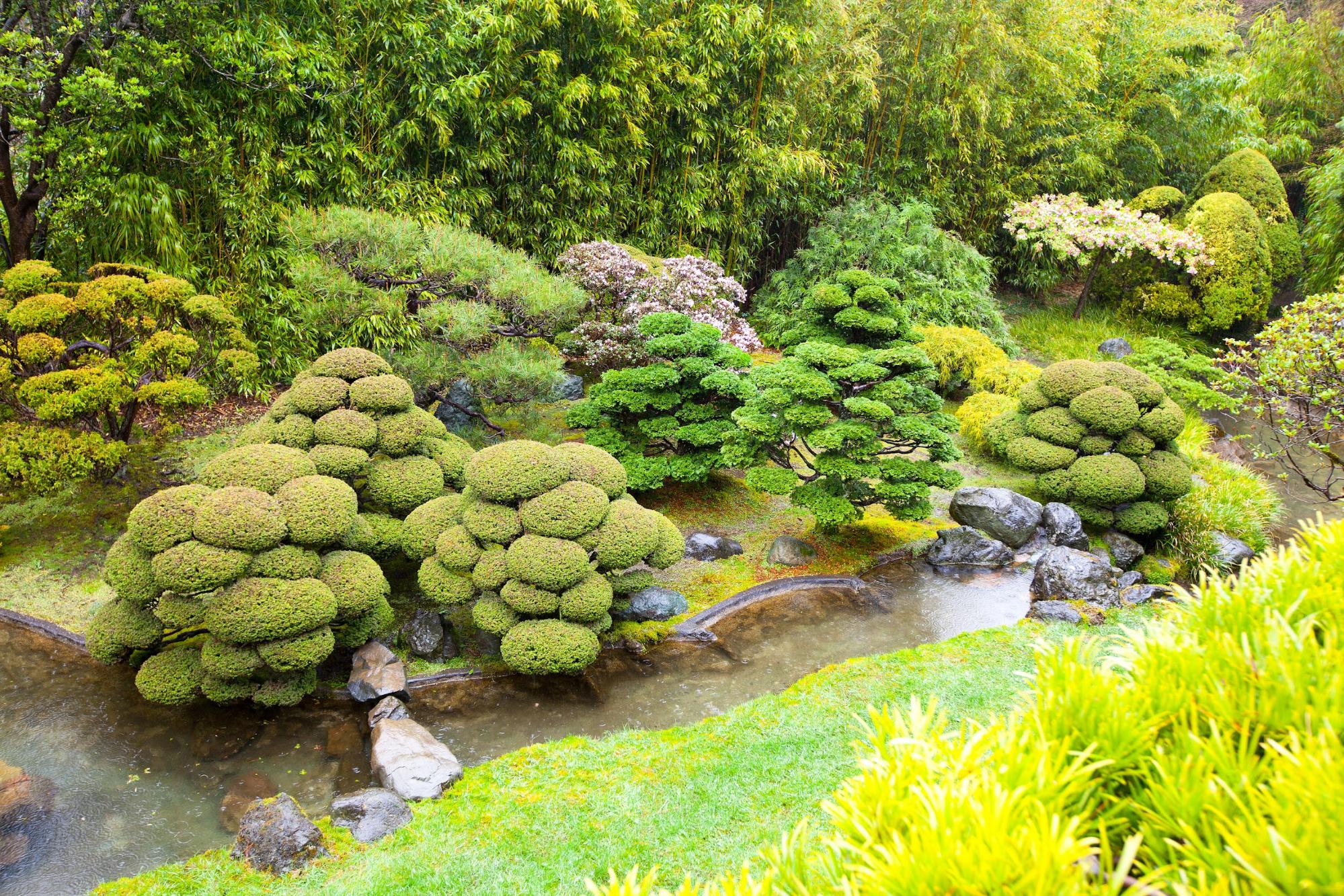
4. Golden Gate Park
What is Golden Gate Park?
Golden Gate Park is located in San Francisco, California. It’s a huge urban park that’s around 1,000 acres large, all of it public grounds. It’s often compared to Central Park, due to it also being a massive park in the shape of a rectangle— 3 miles long from east to west and a half-mile long from north to south. It’s the third most visited city park in the US, behind Central Park and the Lincoln Memorial. Additionally, it contains many important buildings, including the De Young Museum, the Academy of Sciences, the Japanese Tea Garden, and the San Francisco Botanical Garden.
History
What is now known as Golden Gate Park was carved out of the Outside Lands, which were sand and shore dunes in the unincorporated area to the west of San Francisco’s borders. William Hammond Hall did the surveying and the plan and planting were overseen by Hall and his assistant, John McLaren, who served as the superintendent of the park for 56 years. In 1906 the area provided refuge for people after the massive earthquake that caused destruction to the city. It is maintained today by the San Francisco Recreation & Parks Department.
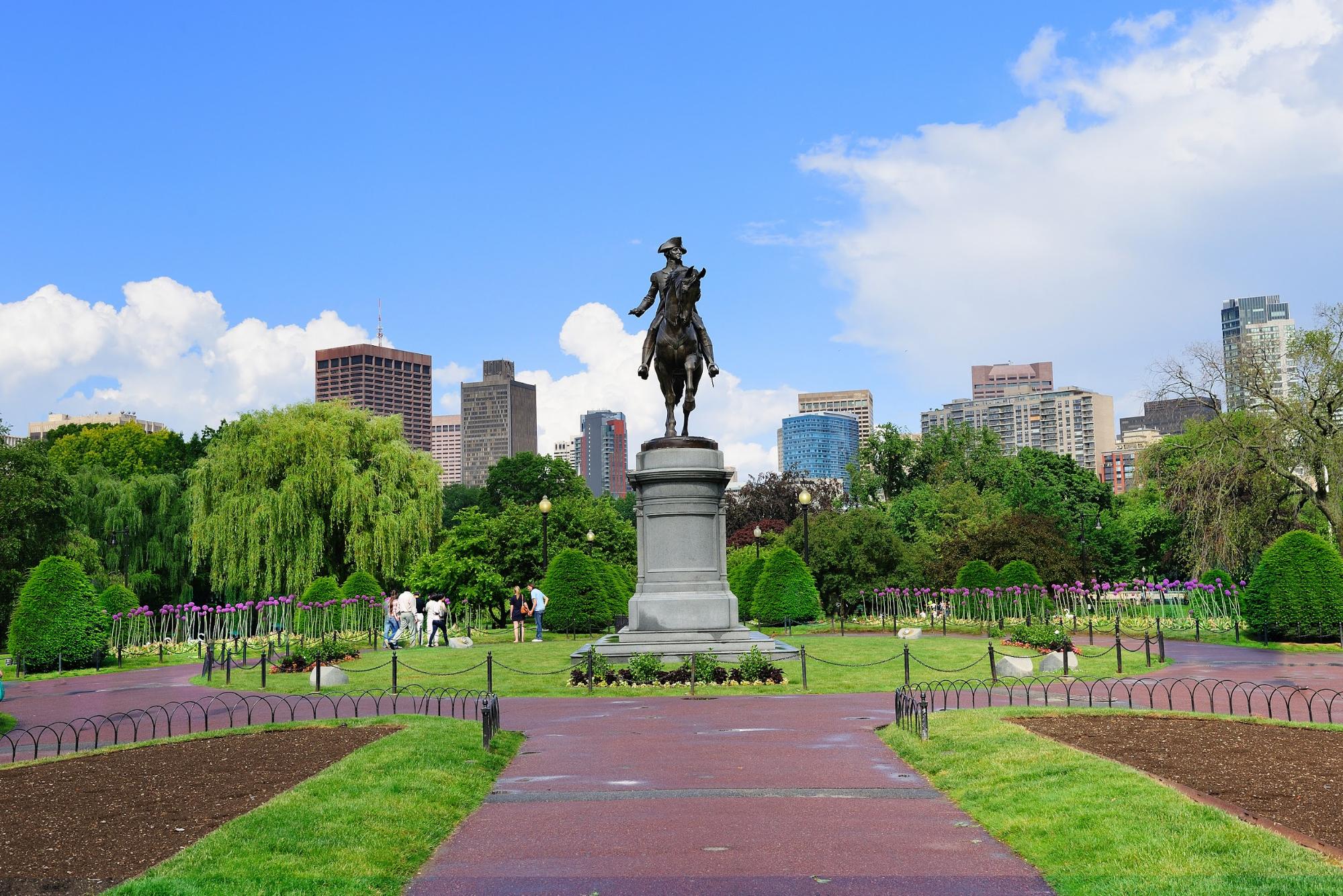
5. Boston Common
What is Boston Common?
Boston Common is a large and central public park that’s located in downtown Boston, MA. While sometimes mistakenly referred to as Boston Commons, it’s the oldest city park in the US. It’s around 50 acres of land containing public parks, statues, bandstands, and the Common itself.
History
The Boston Common dates back to 1634, and was a cattle grazing area until around 1817. There was an ancient elm in the land that was used for public executions for a while, which is a bit of morbid and macabre history. In 1756, part of the Common was used as a public burial site known as the Central Burying Ground. The Common was a crucial space during the American Revolution and remains a site where people go to protest.
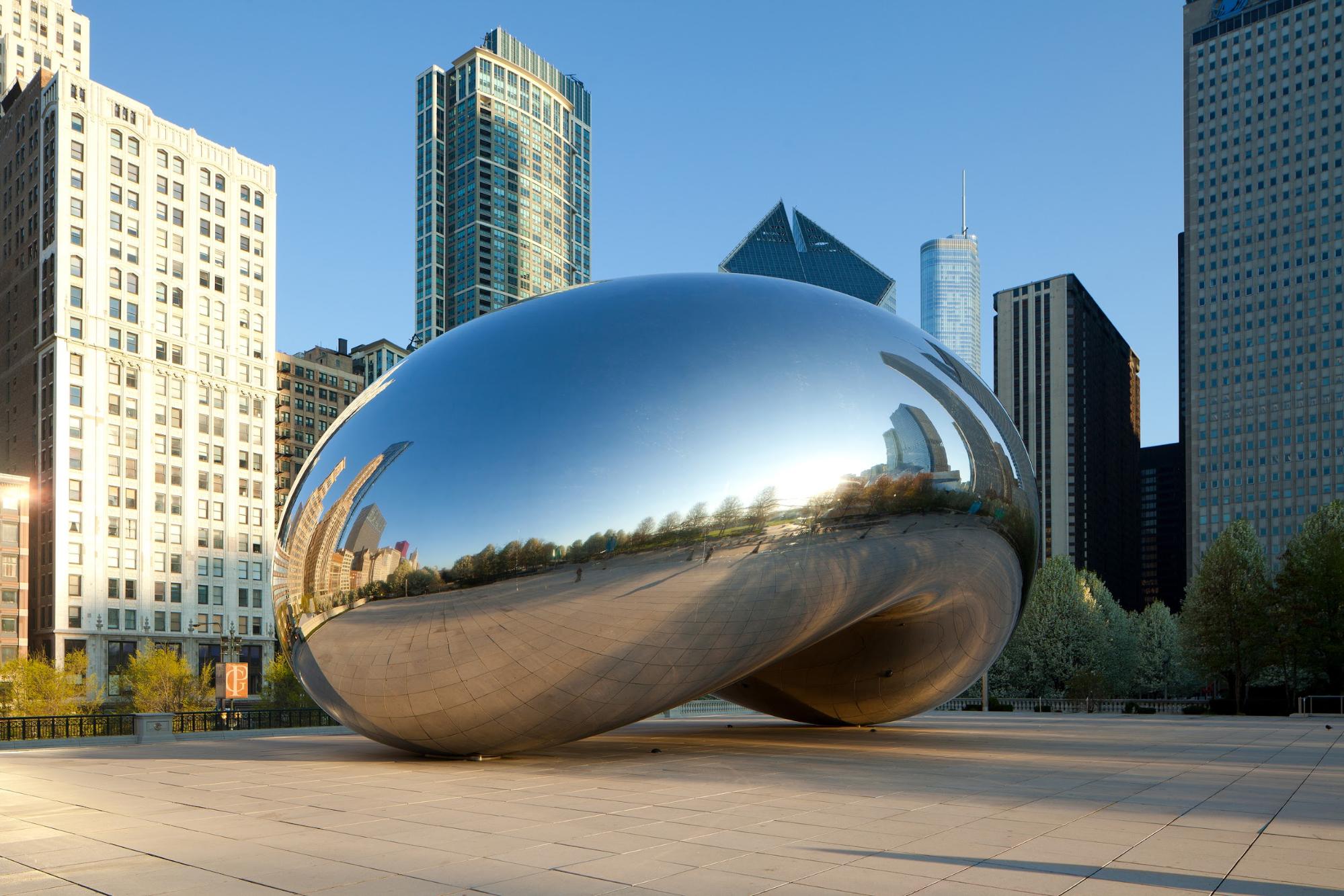
6. Grant Park
What is Grant Park?
Grant Park is 1 of the 77 Community Areas of Chicago, occupying 319 acres in the business district in downtown Chicago. It also encompasses two other parks: Millennium Park and Maggie Daley Park. As the home of the Art Institute of Chicago and the Museum Campus, it’s no surprise it is also home to a number of public art works, including one of the world’s largest permanent outdoor art installations, Cloud Gate, also affectionately known as, “The Bean.”
History
Founded in 1844, it was originally called Lake Park until it was renamed in 1901 to honor Ulysses S. One of the first major expansions took place after the lagoon was used as a landfill for the debris of the Great Chicago Fire of 1871. After being used as a landfill, it since became the site of many monumental events.
A few of the historical event that took place in Grant Park include: The staging of the city’s funeral procession for President Abraham Lincoln in 1865, the departure of Queen Elizabeth II in 1959, Vietnam protests during the 1968 Democratic National Convention, Pope John Paul II’s mass outdoor mass in 1979, and President Barack Obama delivered his victory speech in 2008.Grant Park still remains the location for civic events and public gatherings, earning its nickname as Chicago’s Front Yard.
What do all famous parks have in common?
Finally, we want to conclude with a little bit of history ourselves: waste disposal! Parks, as long as they’ve been public, have needed a place for things to get tossed out. All urban parks need trash cans, and we’re here to provide them. Browse our line of outdoor trash cans today! Parks need more than trash cans though, and Trash Cans Unlimited can help with those needs too, Whether decorating with flowers, and providing activities for furry friends.

